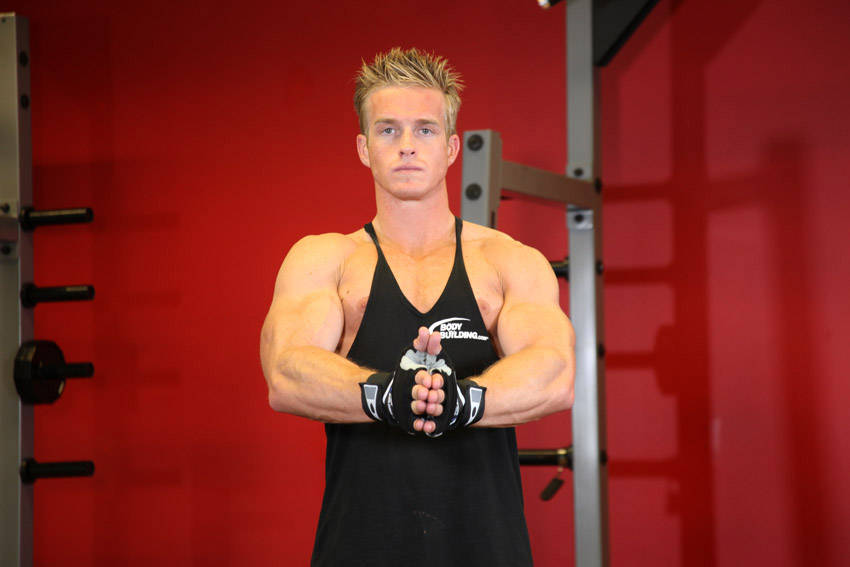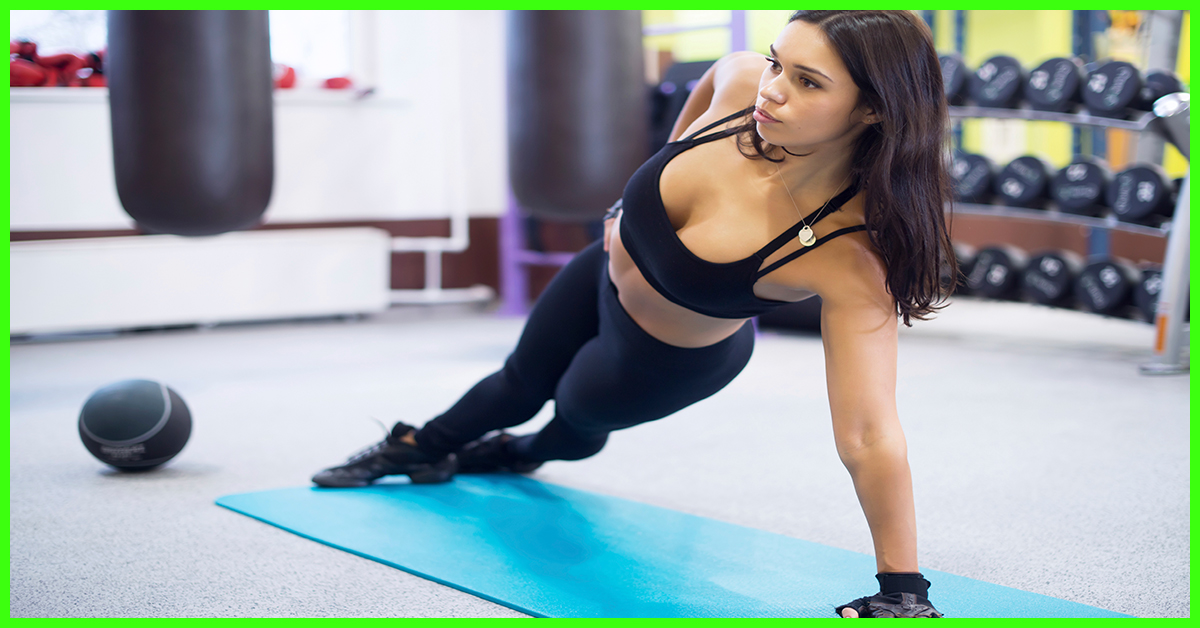

Isometric exercises can also help you push past your sticking point in a standard lift like the squat or bench press.Ī sticking point is that part of an exercise you can’t get through at a given weight.
#Chest isometric workout how to#
If you practice holding positions that force you to maintain healthy posture, for example, you can learn how to activate key postural muscles you don’t typically use. He offers posture as one pattern that can be improved with isometric exercises. “We can use isometric exercises to re-teach the central nervous system a new and better pattern,” Flores says. Plus, isometric exercises can help you fix bad movement patterns that may cause pain or injury over time. When your core muscles can stay engaged for longer periods of time, you’re better able to maintain a healthy posture (Read: less back pain), lift heavy or awkward objects more safely and even generate more power when walking or running. After all, your core has to fire just so you can sit upright - let alone run around the block or carry groceries into the kitchen. Ultimately, these tasks call for muscular endurance. Together, your core muscles work to perform a number of tasks that are key to moving safely and effectively both inside and outside the gym, including resisting external forces (e.g., a martial arts kick) stabilizing your spine as you sit, stand, walk or run and transferring power to the legs and/or arms (e.g., sprinting or throwing a baseball). Your core muscles include the abdominals (rectus abdominis, external and internal obliques, and transverse abdominis), as well as deep muscles that stabilize your spine. This is especially beneficial when applied to your core muscles, according to a study in The Journal of Strength & Conditioning Research. While you’re holding that plank (or doing any other isometric exercise), you’re also building muscular endurance or the ability of your muscles to work over an extended period of time. Just about anyone who’s held a plank for as long as possible can tell you: It ain’t easy. To stay in plank position for as long as possible (or until your timer runs out), you have to engage your abs, glutes, upper back, thighs - virtually every muscle in your body.

Think of an exercise like the basic plank, where you’re supporting your body weight on your forearms (or hands) and toes.


 0 kommentar(er)
0 kommentar(er)
